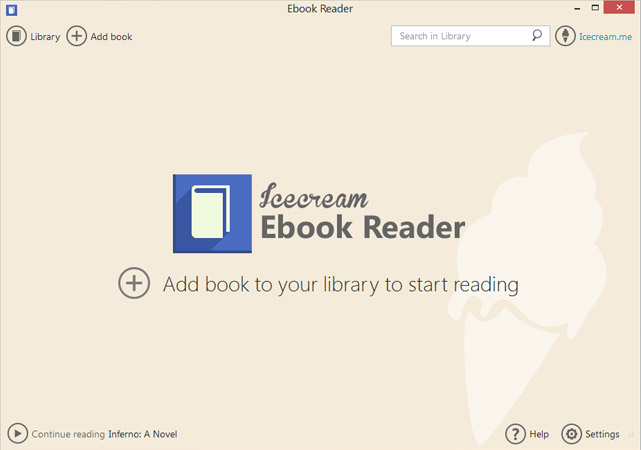Type: Shareware
Cost: $29.95
Size: 153.47 MB
Release date: Dec 10 2015
Platform: Win2000,WinXP,Win7 x32,Win7 x64,Windows 8,Windows 10,WinServer,WinOther,WinVista,WinVista x64
Publisher’s Site: https://www.ereflect.com
Publisher’s Product Page: http://www.typesy.com/
Country: Australia
Cost: $29.95
Size: 153.47 MB
Release date: Dec 10 2015
Platform: Win2000,WinXP,Win7 x32,Win7 x64,Windows 8,Windows 10,WinServer,WinOther,WinVista,WinVista x64
Publisher’s Site: https://www.ereflect.com
Publisher’s Product Page: http://www.typesy.com/
Country: Australia
Typesy is the #1-rated typing tutor designed to teach you how to type 70% faster while improving your typing accuracy – all in just 7 minutes a day! Using cutting-edge technology and proven research on motor skills development, Typesy helps you learn the right way to touch type and save 4 to 40 hours every month on your typing tasks.
Typesy is great for users of all ages. Children as young as 7 years old enjoy the fun games and age-appropriate practice tests as they learn basic letter patterns. Older students and adults benefit from the targeted lessons that cover spelling, ways to eliminate typos, and grammar and spelling guidelines.
Typesy uses real-time feedback to personalize your individual lesson plan so that you can focus on what you need to know to be an expert touch typist. Track your improvement using the easy-to-follow progress charts that show you how close you are to reaching your goals for typing speed and accuracy. The combination of video instruction, guided practice sessions, and games means you’ll never be bored with typing practice!
Typesy has hundreds of free e-books you can use as practice material – or upload your own texts. Think of how much time you’ll save when you can improve your keyboarding skills while also reading that memo from your boss, a chapter from your history assignment, or an online article from your favorite news blog. Typesy’s flexible format allows you to practice typing using almost any text.
Typesy lets the whole family learn, improve, and play typing games together. You can also share your high scores and your typing success stories with your friends and family on social media. Typesy is cloud-based and is available via any internet-enabled device. Your personal user information is always kept up to date, no matter where you log in to the Typesy system.
Typesy is great for users of all ages. Children as young as 7 years old enjoy the fun games and age-appropriate practice tests as they learn basic letter patterns. Older students and adults benefit from the targeted lessons that cover spelling, ways to eliminate typos, and grammar and spelling guidelines.
Typesy uses real-time feedback to personalize your individual lesson plan so that you can focus on what you need to know to be an expert touch typist. Track your improvement using the easy-to-follow progress charts that show you how close you are to reaching your goals for typing speed and accuracy. The combination of video instruction, guided practice sessions, and games means you’ll never be bored with typing practice!
Typesy has hundreds of free e-books you can use as practice material – or upload your own texts. Think of how much time you’ll save when you can improve your keyboarding skills while also reading that memo from your boss, a chapter from your history assignment, or an online article from your favorite news blog. Typesy’s flexible format allows you to practice typing using almost any text.
Typesy lets the whole family learn, improve, and play typing games together. You can also share your high scores and your typing success stories with your friends and family on social media. Typesy is cloud-based and is available via any internet-enabled device. Your personal user information is always kept up to date, no matter where you log in to the Typesy system.




